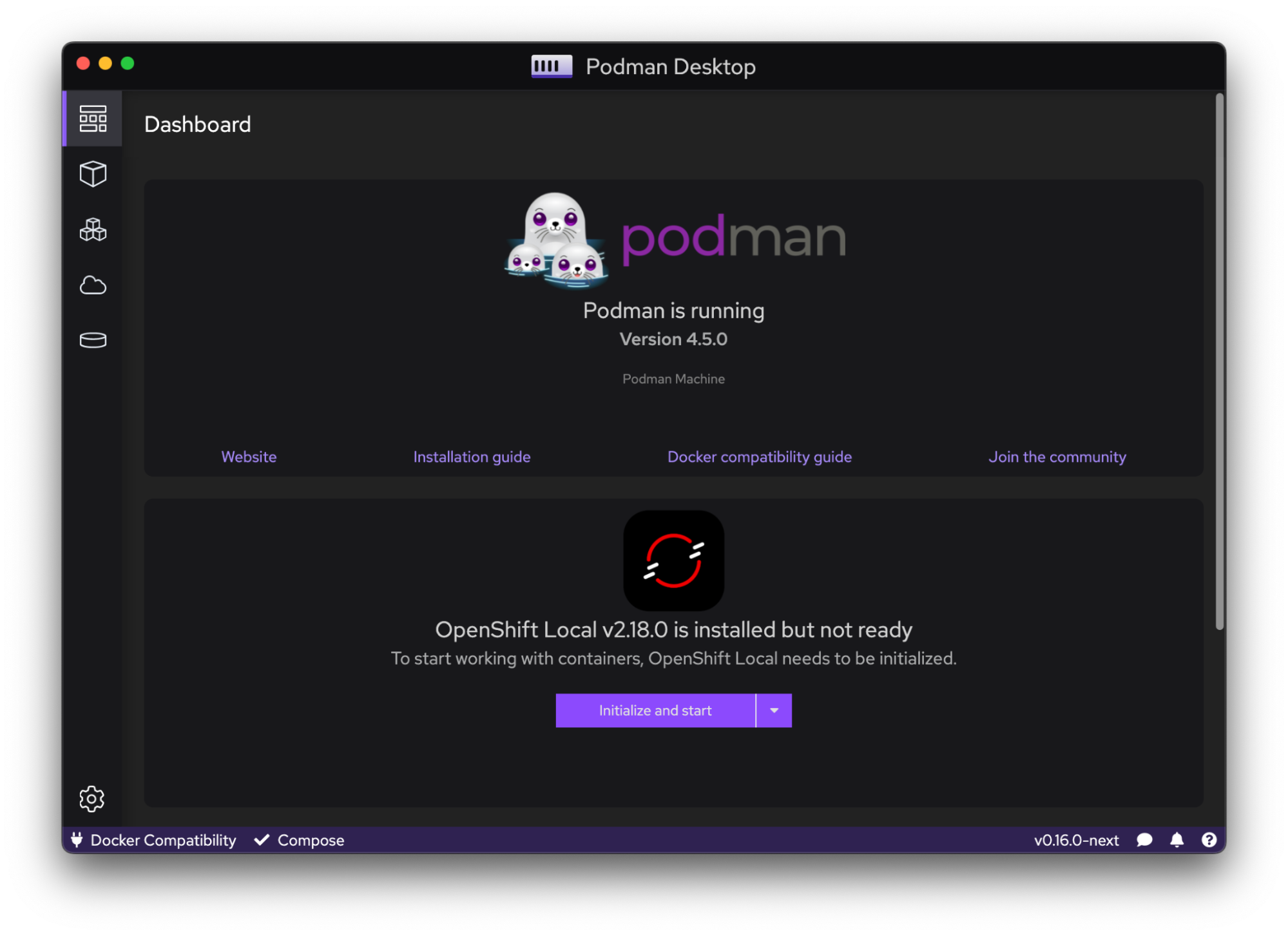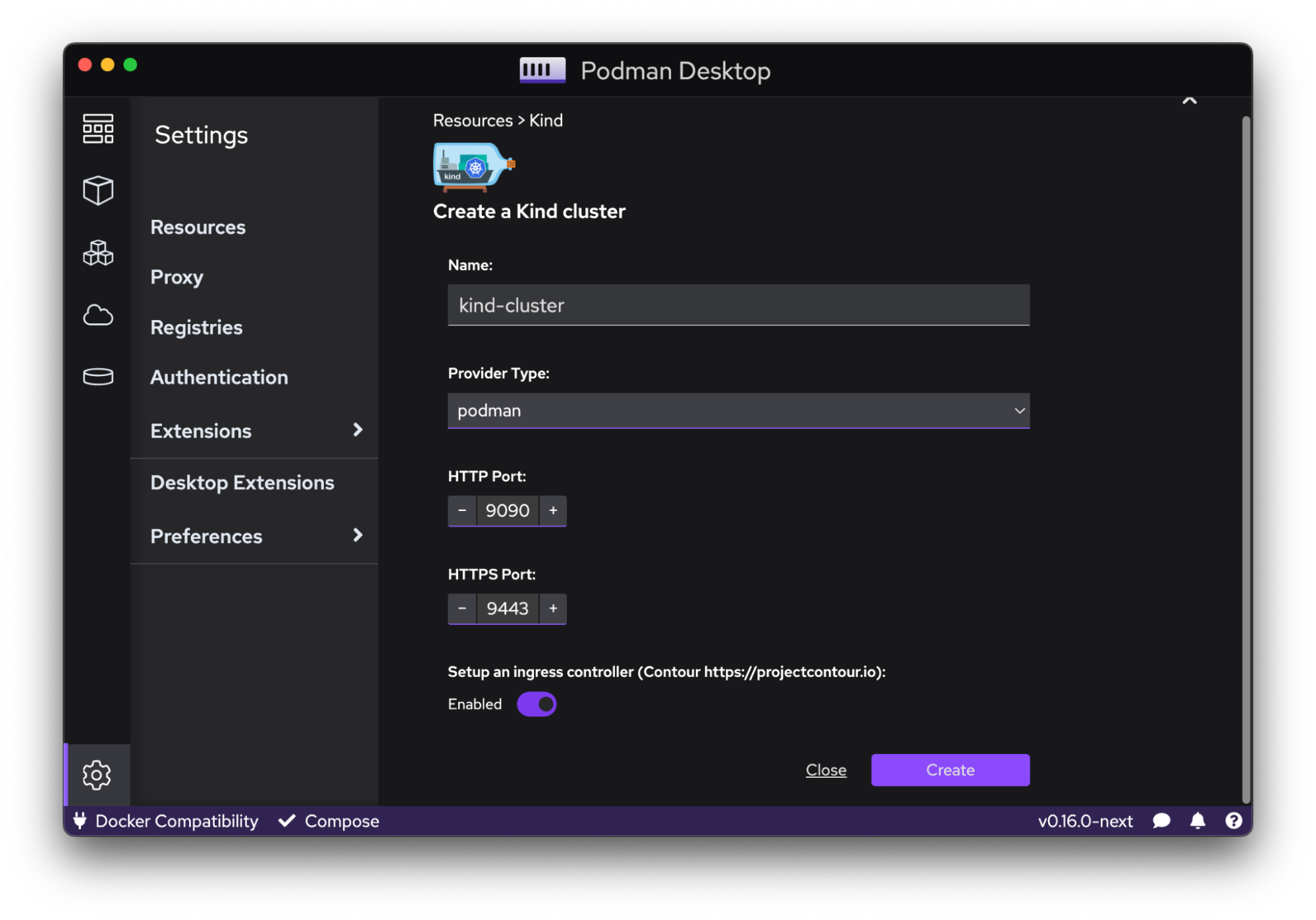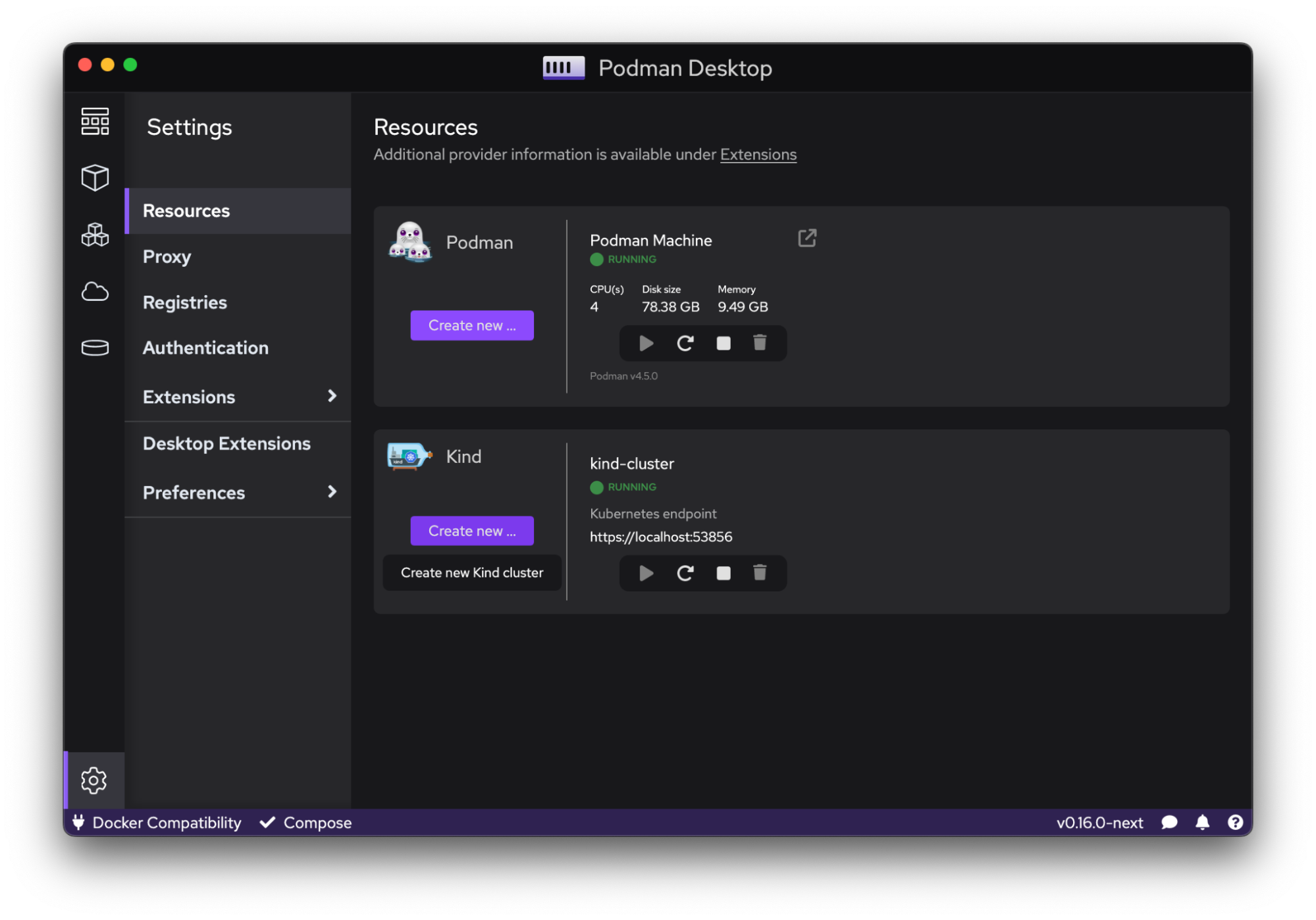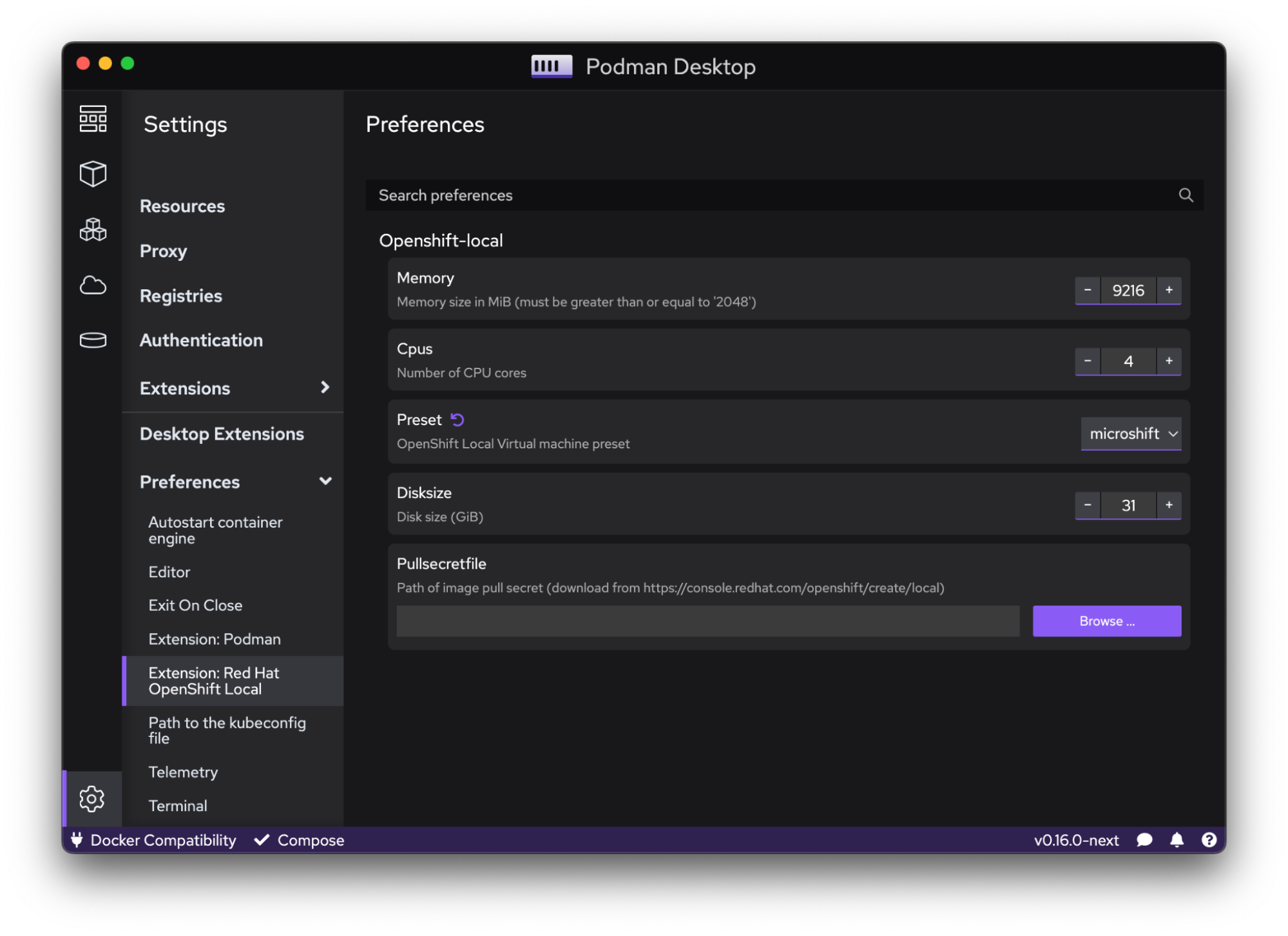Podman Desktop exists because Docker Desktop costs a fortune for big companies.
Docker's licensing change in August 2021 meant organizations with more than 250 employees suddenly owed $50+ per user per month.
That gets expensive fast when you have hundreds of developers.
So Red Hat built Podman Desktop as a free alternative.
It's not as polished as Docker Desktop
- feels like a Linux app because it is
- but it's free and does most of what you need for container development.

The Reality Check
Here's what actually happens when you use this thing:
What Actually Works:
Runs Docker images fine, builds from regular Dockerfiles, connects to Docker Hub
- all the basic stuff works.
The UI just looks like a Linux app because it is one. Also has basic Kubernetes integration that doesn't completely suck.
What's Different (and Sometimes Annoying):
- The UI is clunkier than Docker Desktop
- less polish, more function
- Extensions are limited
- Docker Desktop has 200+, Podman has like 8 total
- Networking behaves differently
- host.docker.internal doesn't exist, broke our React microservices for half a day
- Docker Compose files need tweaking (use `podman-compose` instead)
- File sharing on macOS/Windows has quirks
- Podman Machine VM randomly stops working and you'll spend 30 minutes figuring out why
- Error messages are about as helpful as a chocolate teapot
- 'container failed to start' tells you nothing
The Rootless Thing:

Podman runs containers as your user, not root.
Sounds great until you try to actually use it and nothing works like you expect:
- Can't bind to ports below 1024 without extra configuration
- Some containers expect root privileges and will fail
- Volume mounting behaves differently than Docker
- Learning curve if your team is used to Docker's privileged model
Who Should Use This
Just switch already if:
- Docker's licensing fees are murdering your budget
- Your security team won't shut up about rootless containers
- You primarily develop with containers, not complex orchestration
- You're on Linux where it actually works properly
Don't bother switching if:
- Your team isn't broken
- why fix what works?
- You actually use those Docker Desktop extensions (most people don't)
- You need maximum compatibility with existing tooling
- You value UI polish over saving money
Look, here's the deal: Docker Desktop licensing costs might justify the migration pain, but don't underestimate the disruption. Let's look at how these tools actually stack up in practice.



